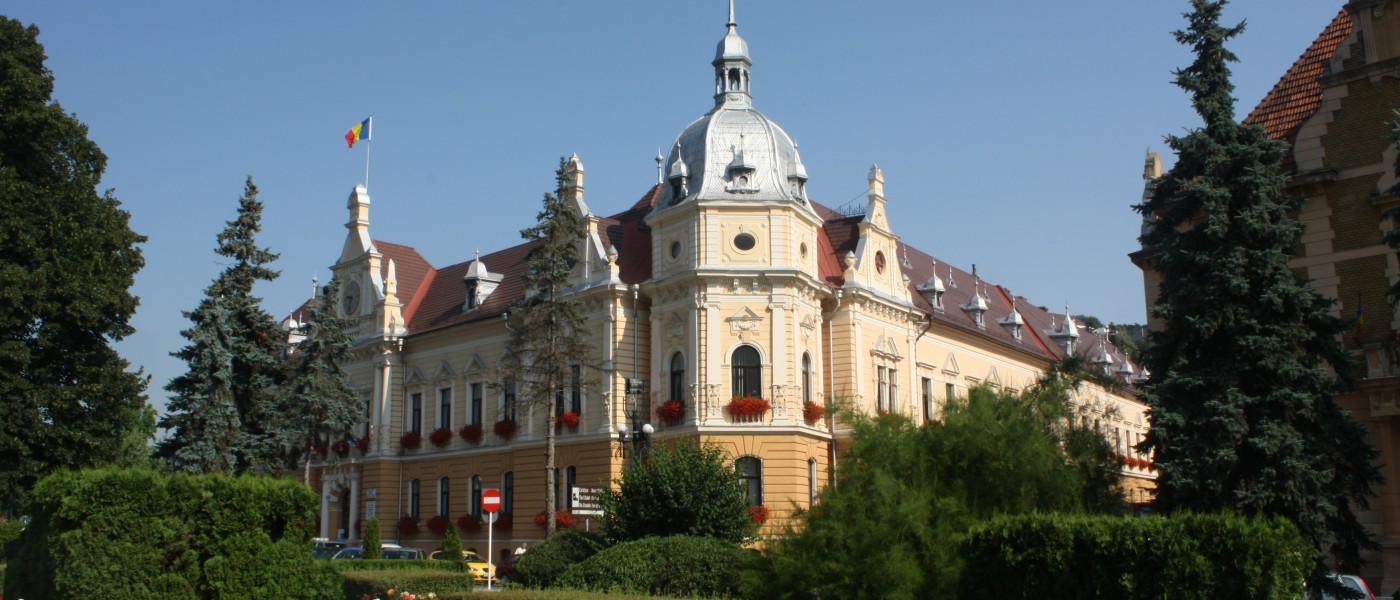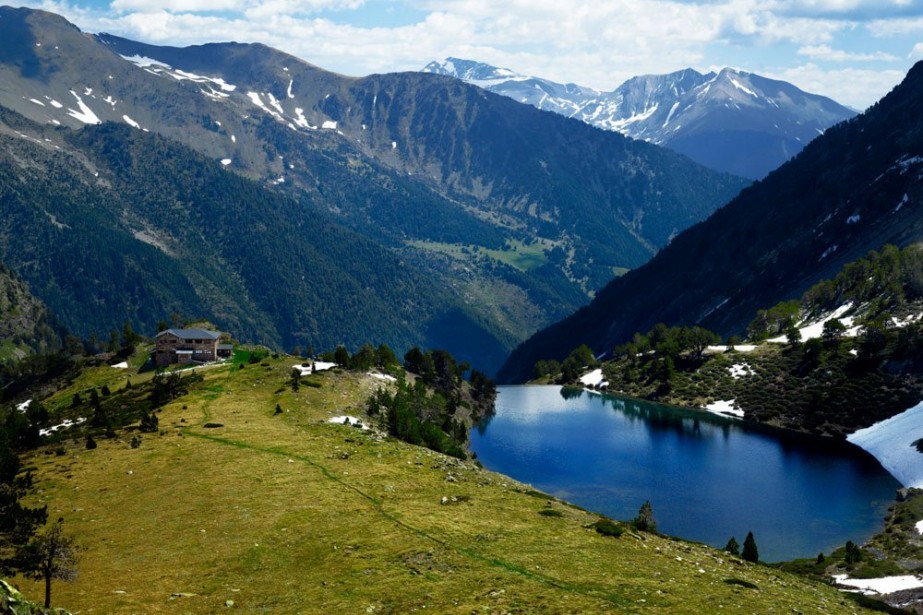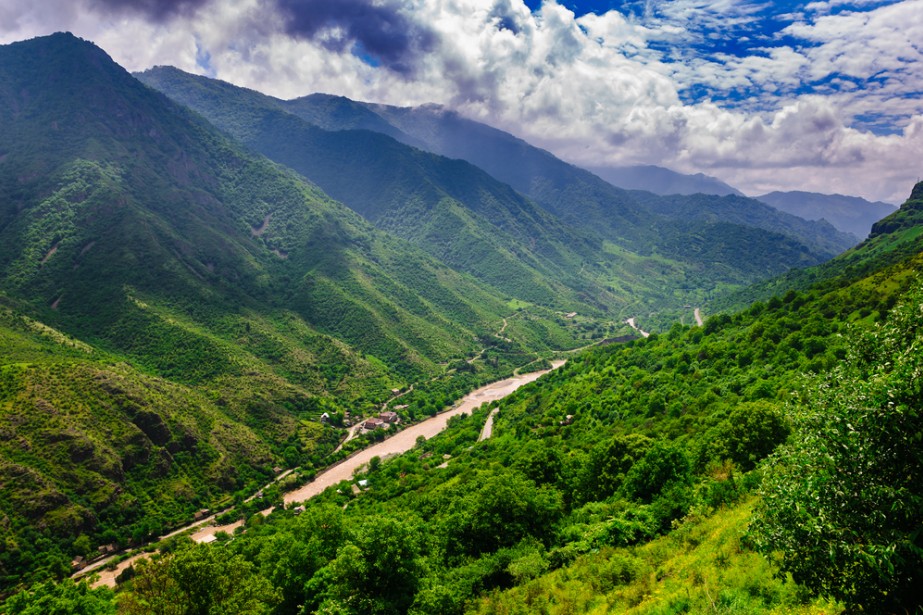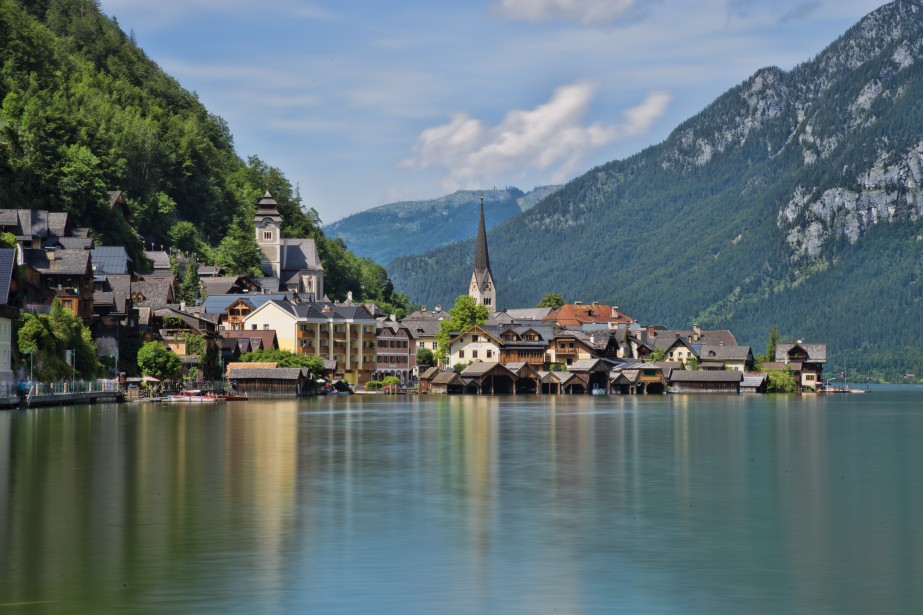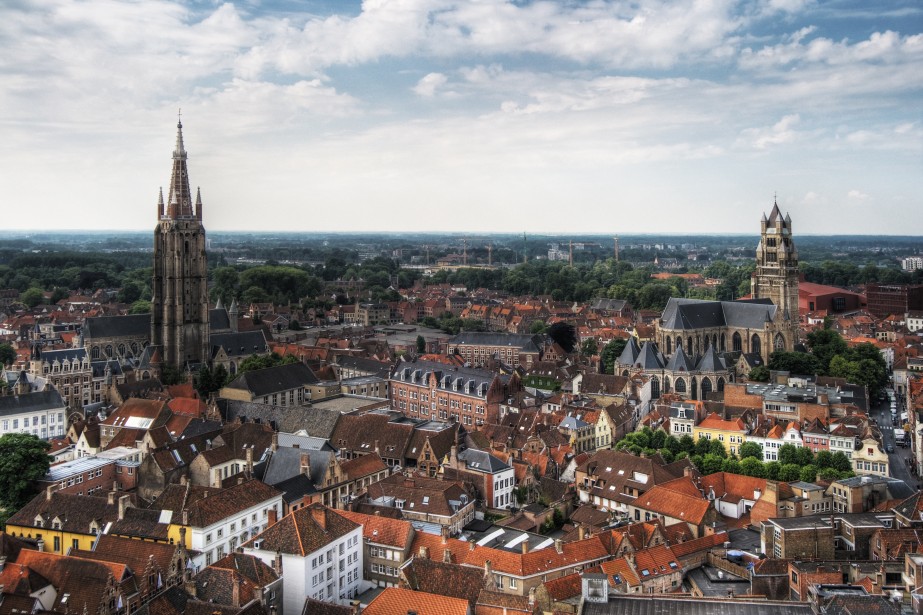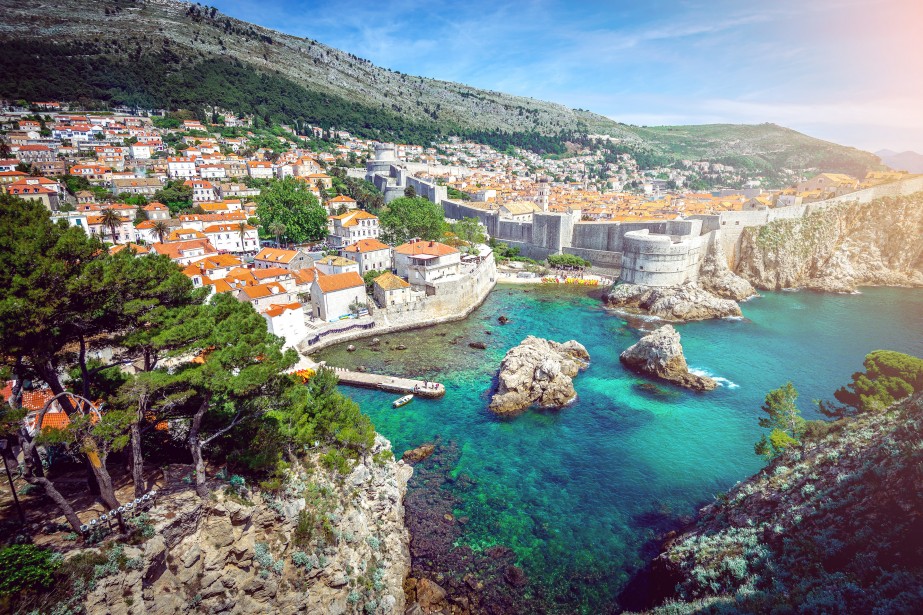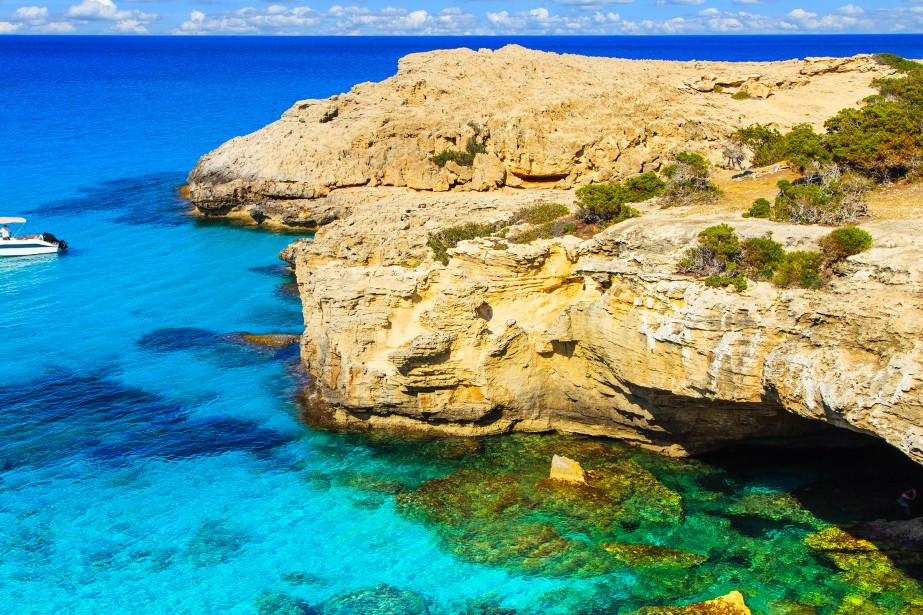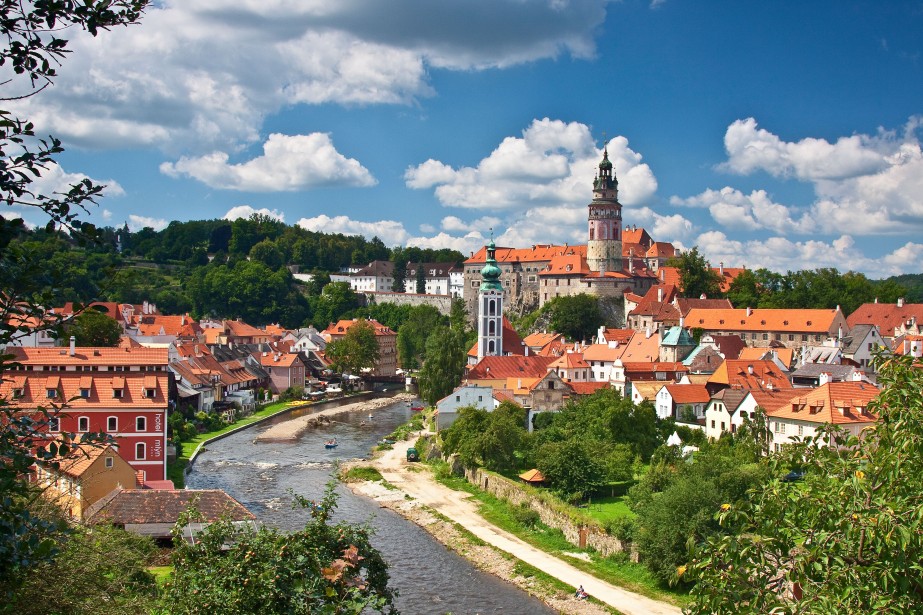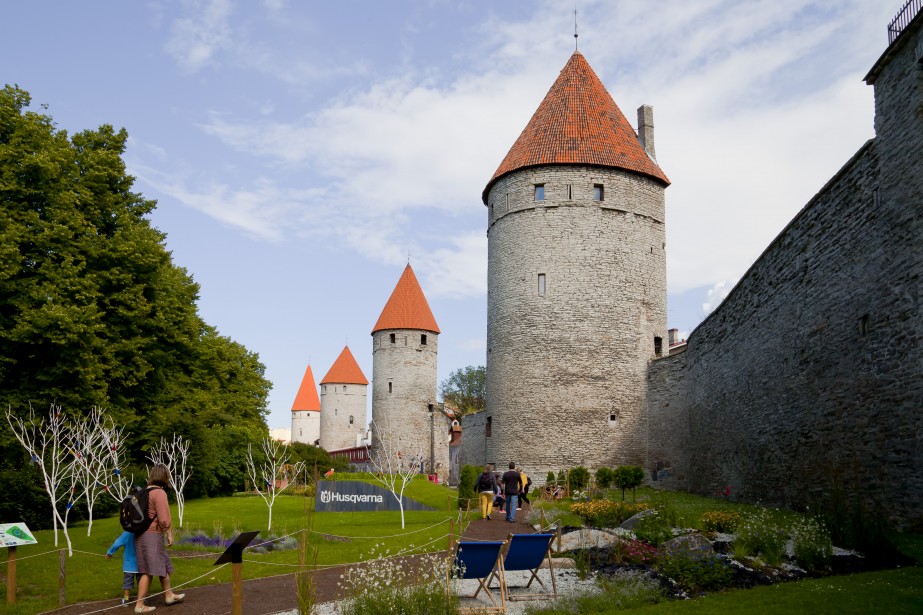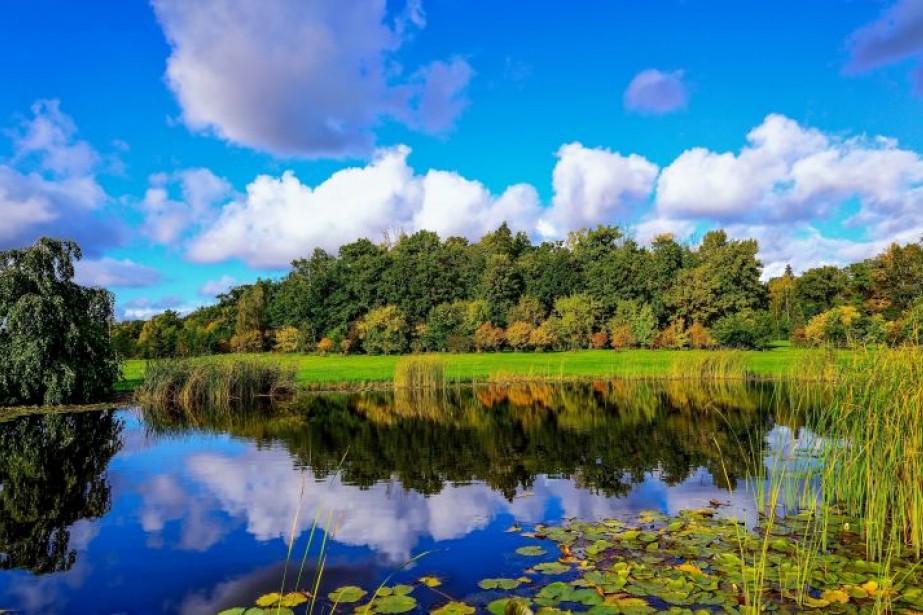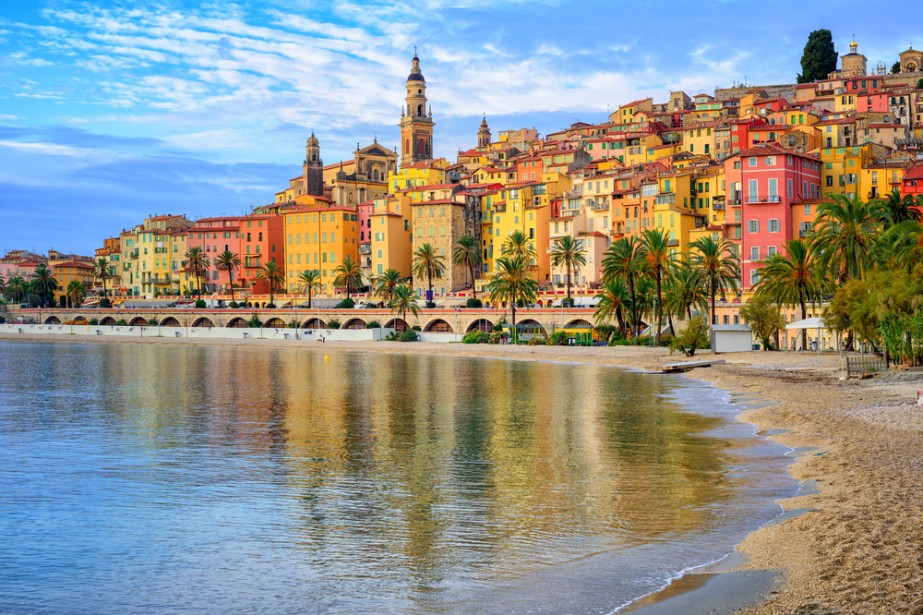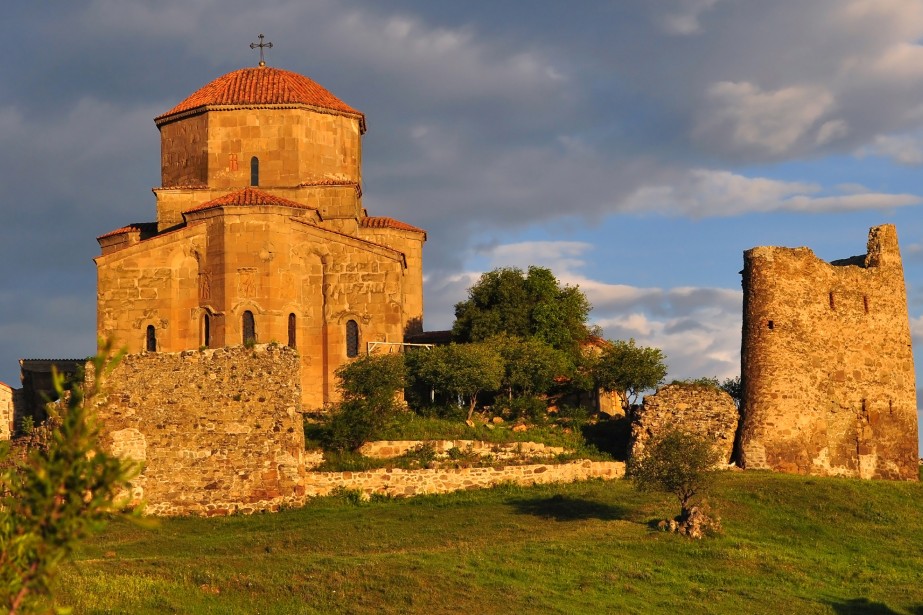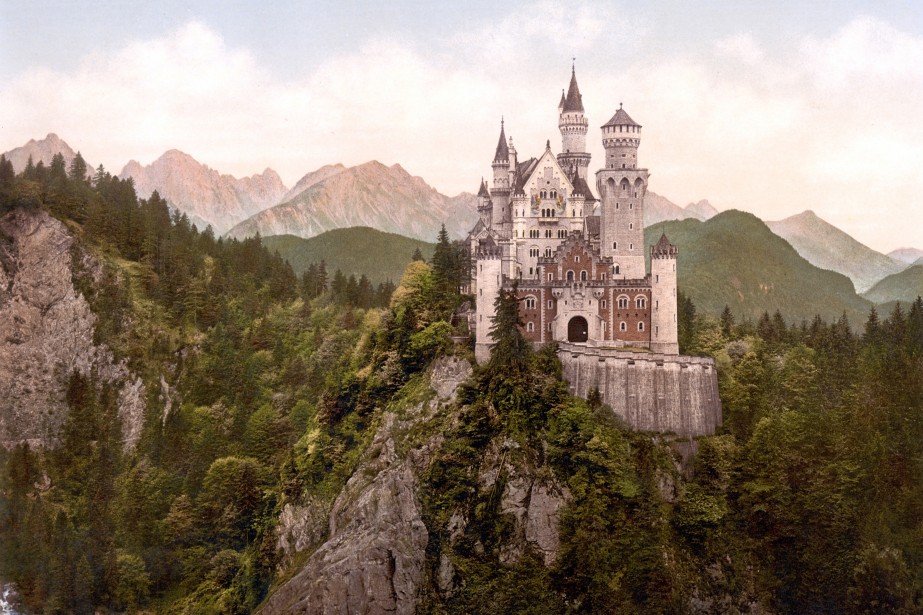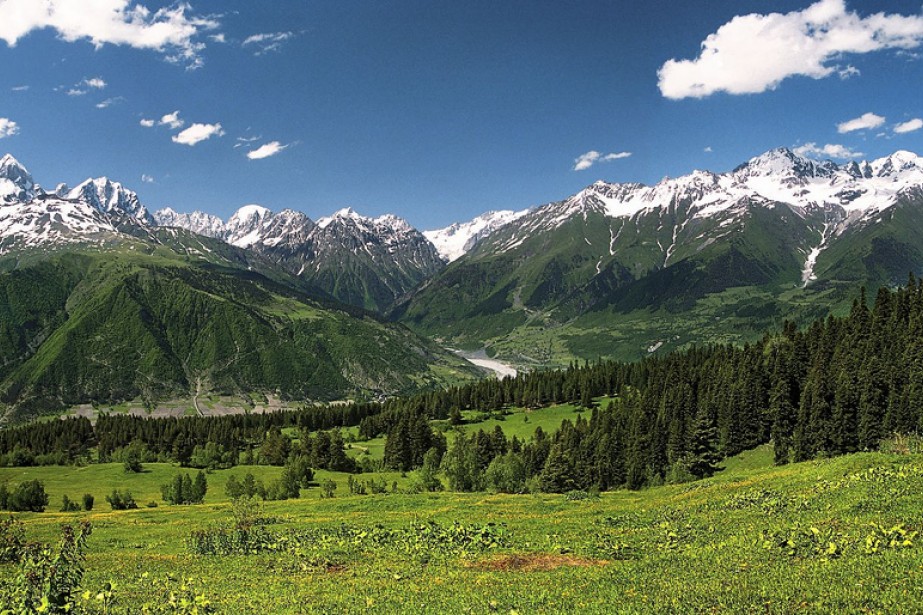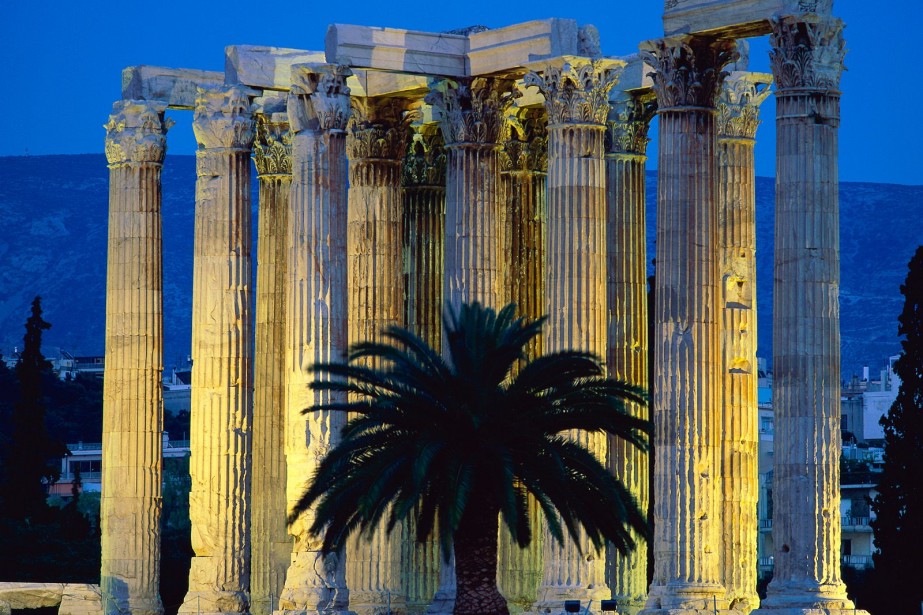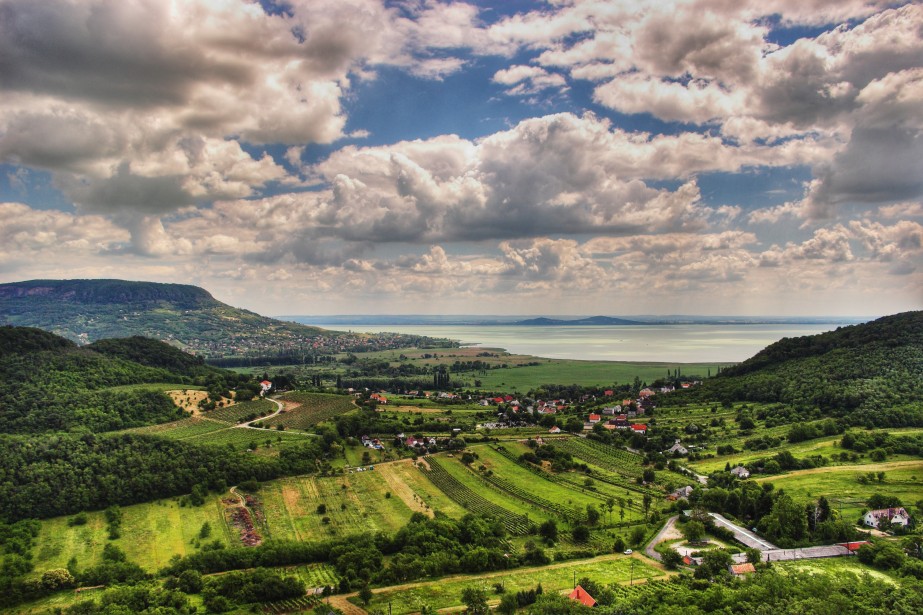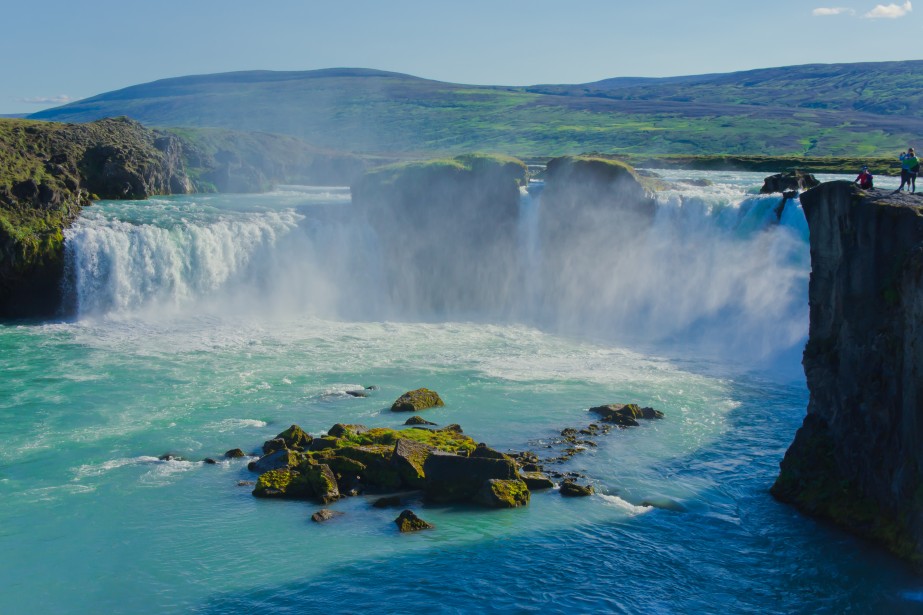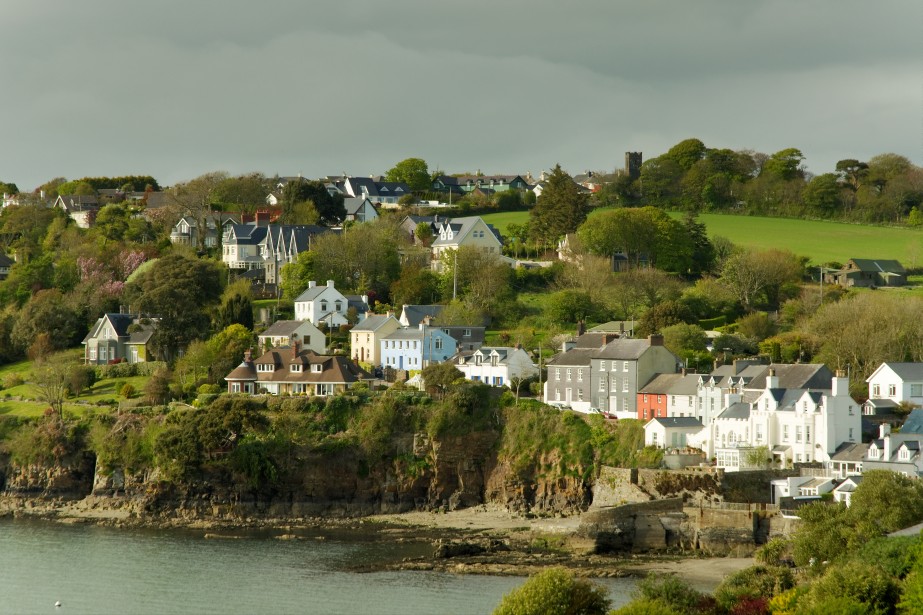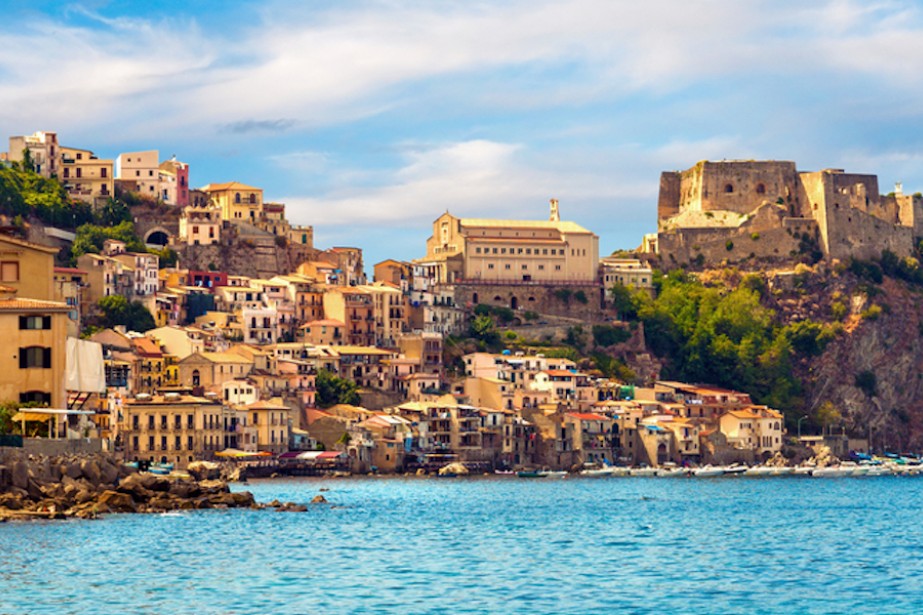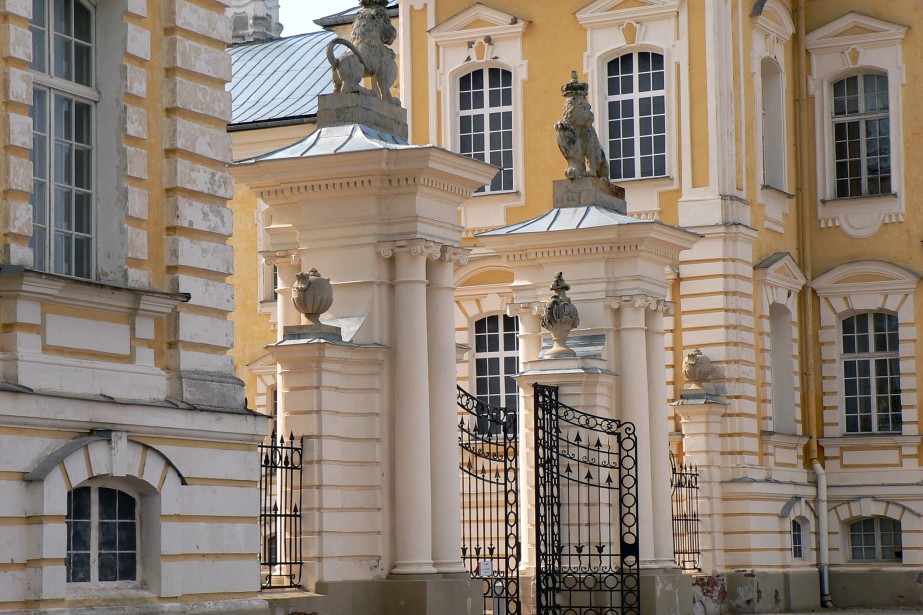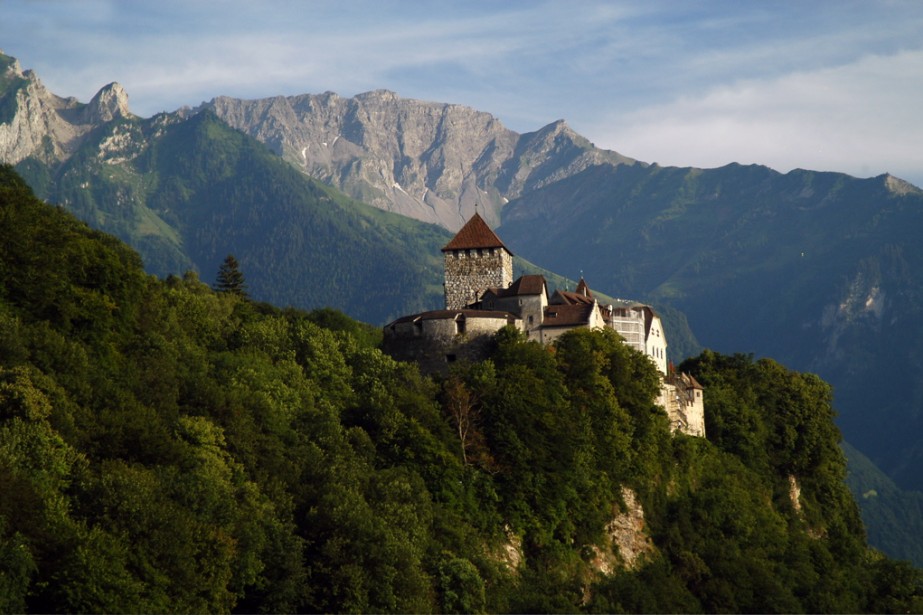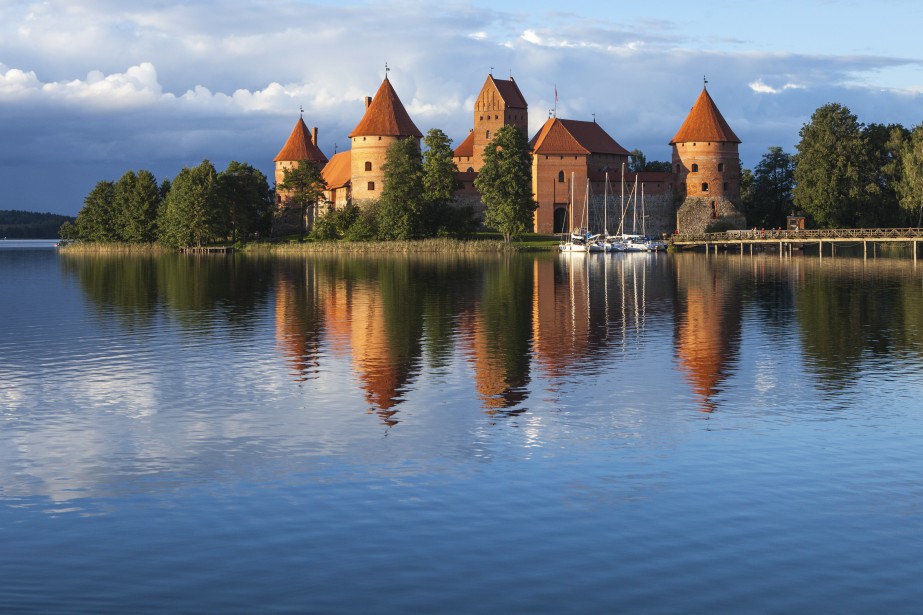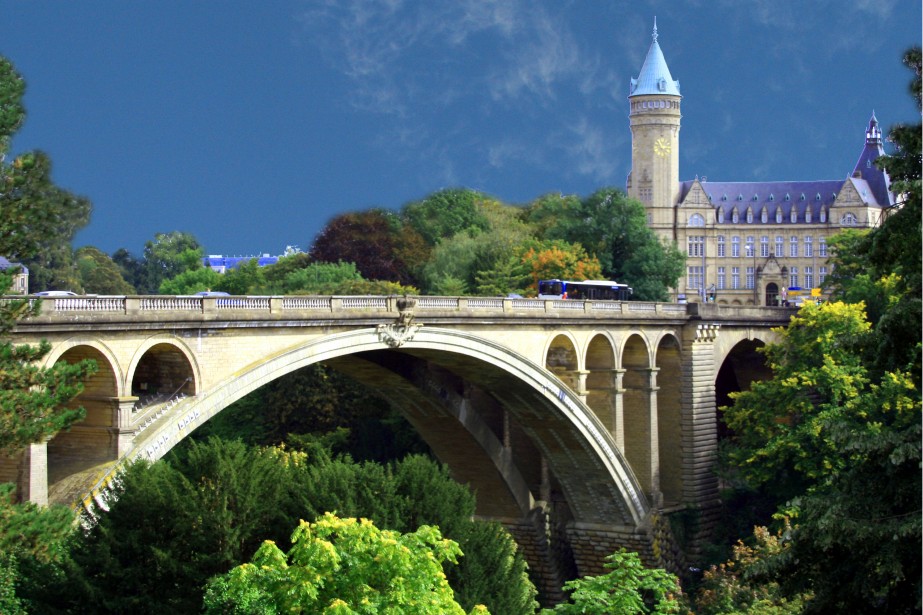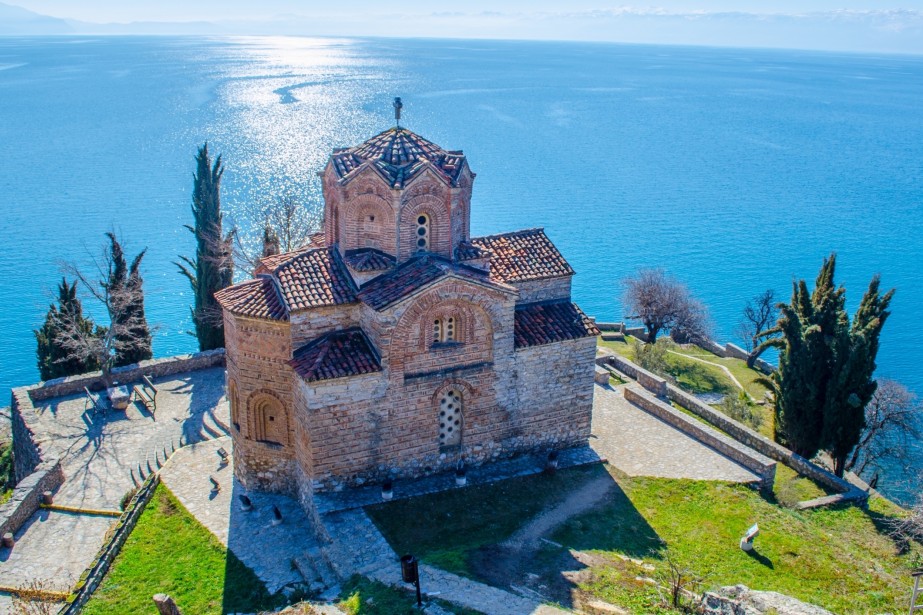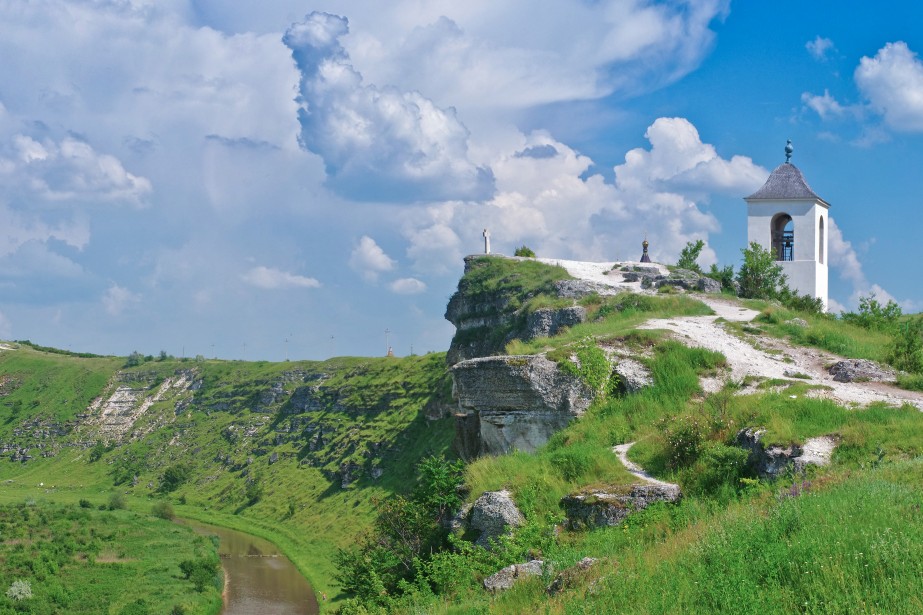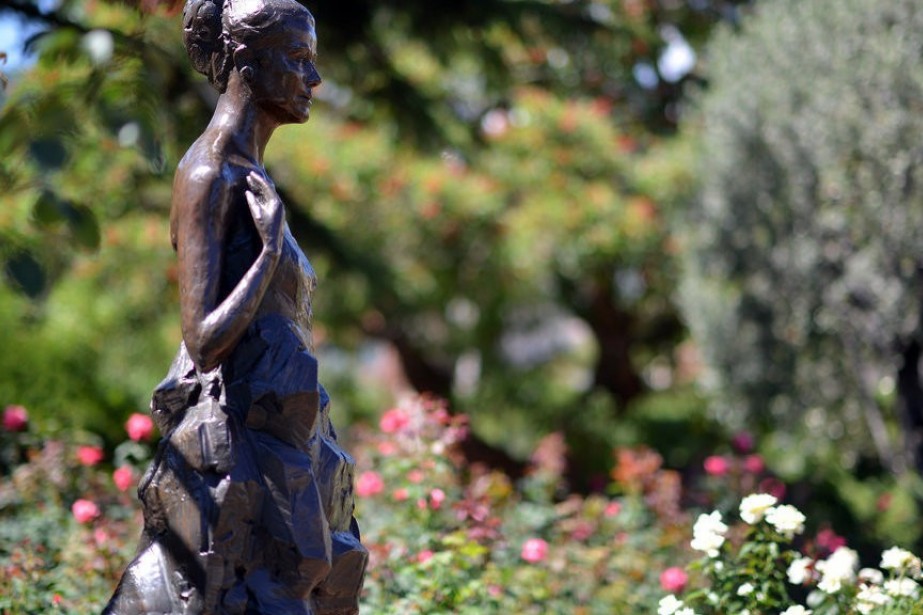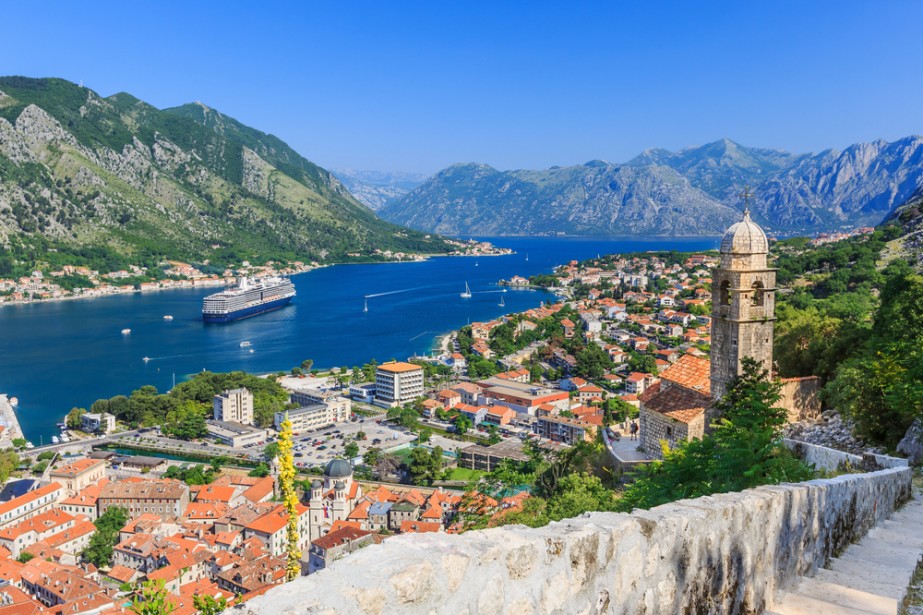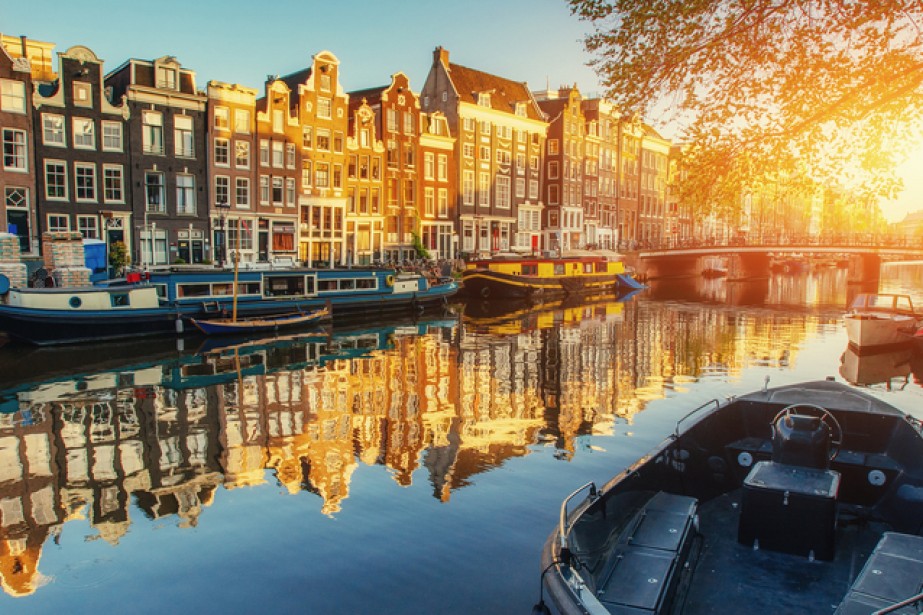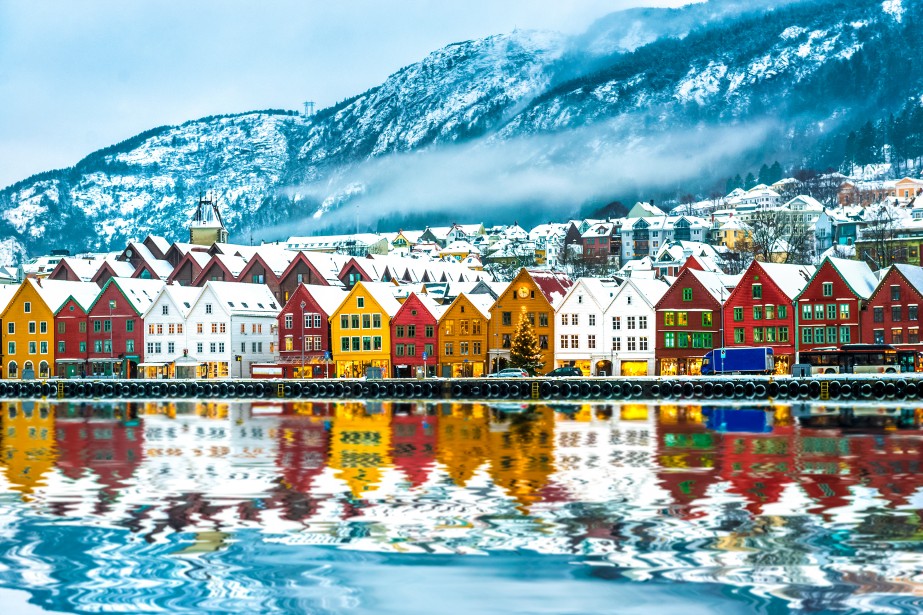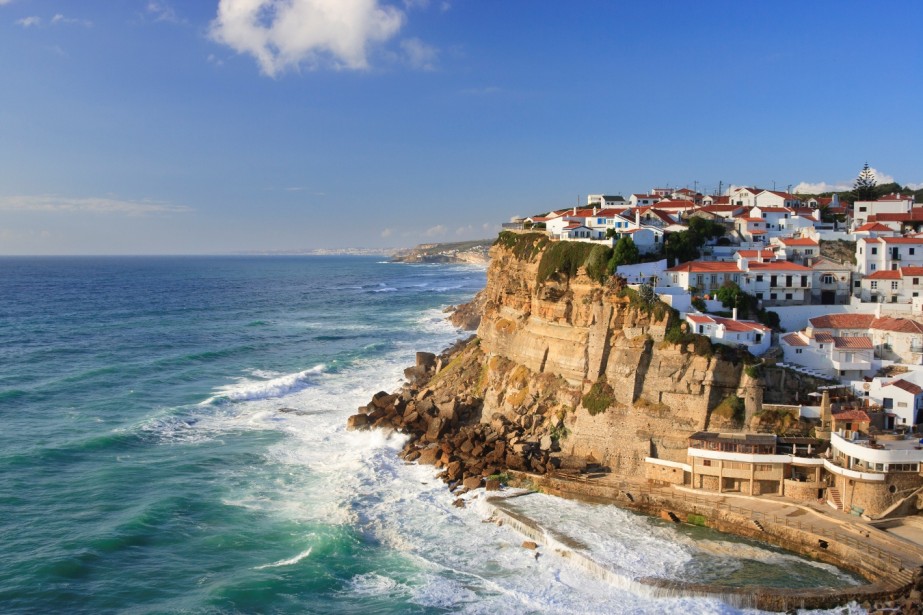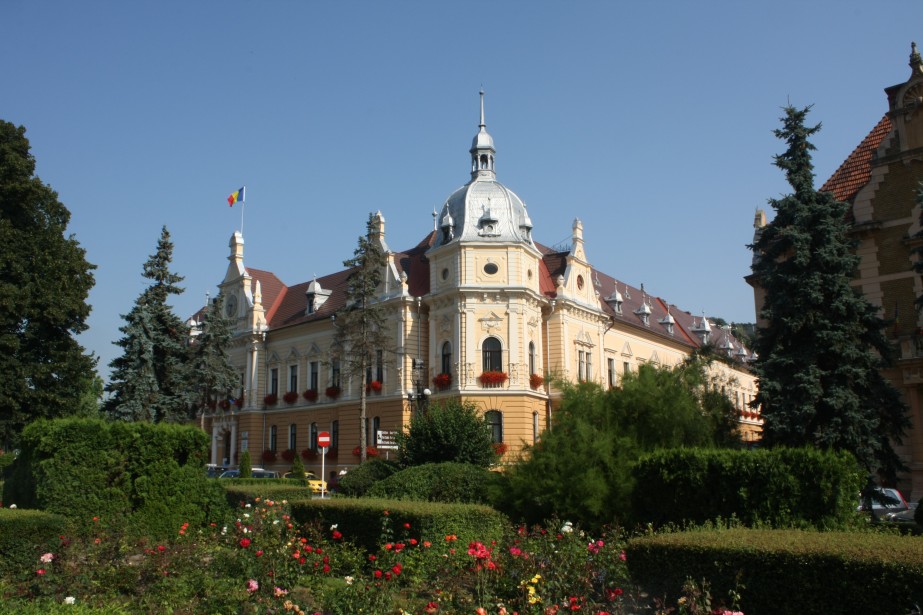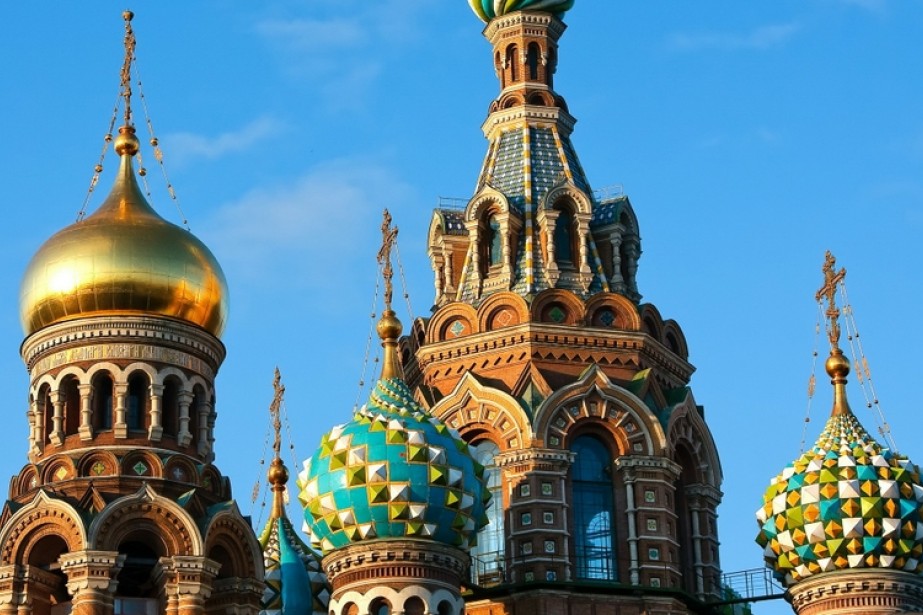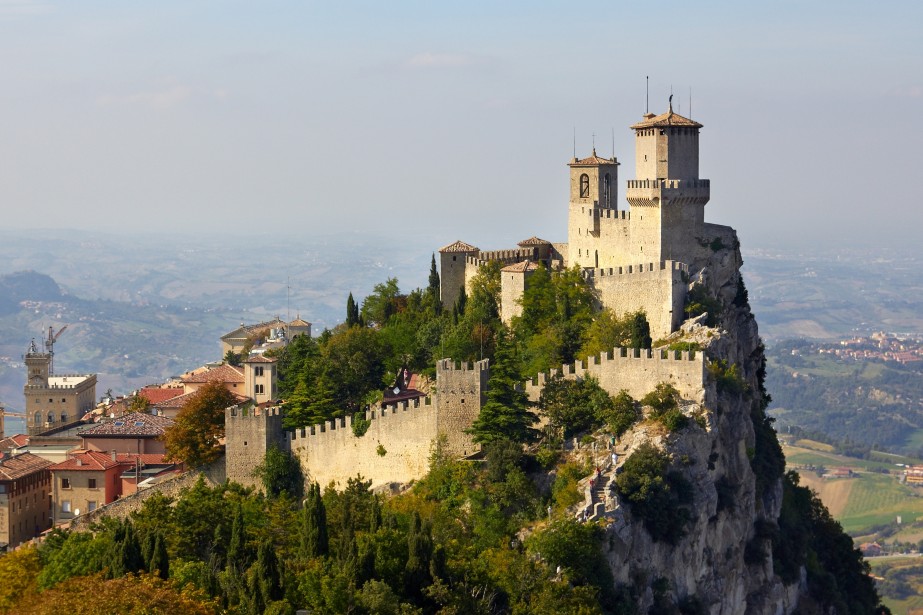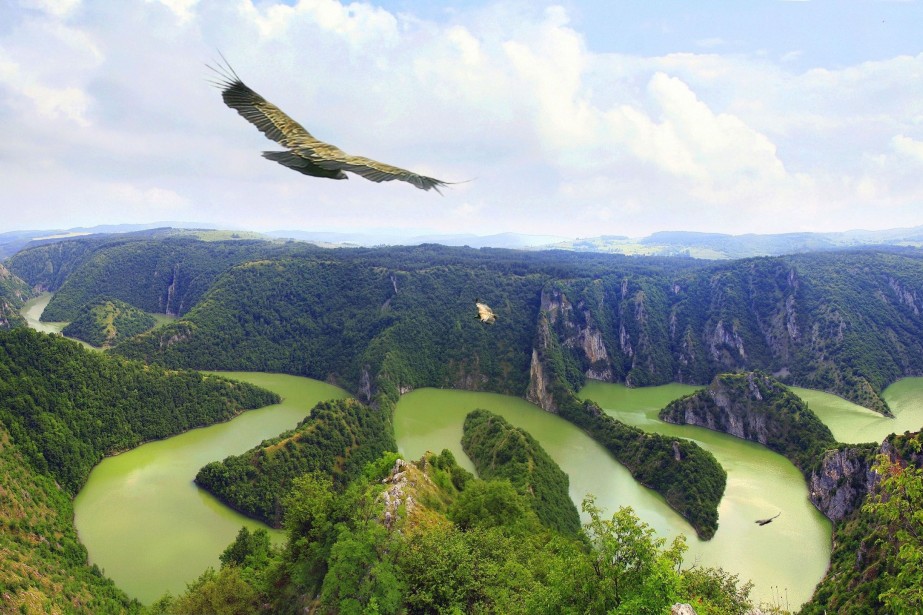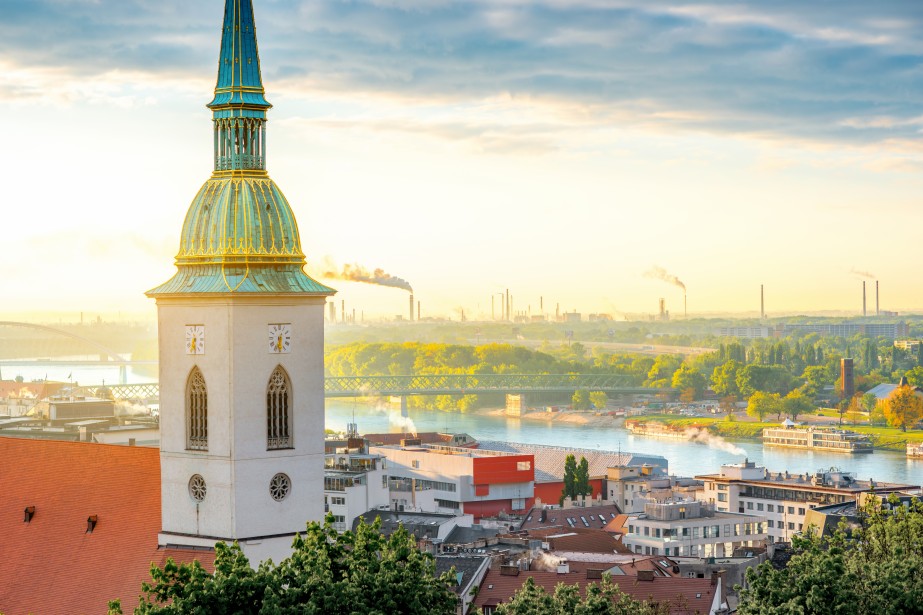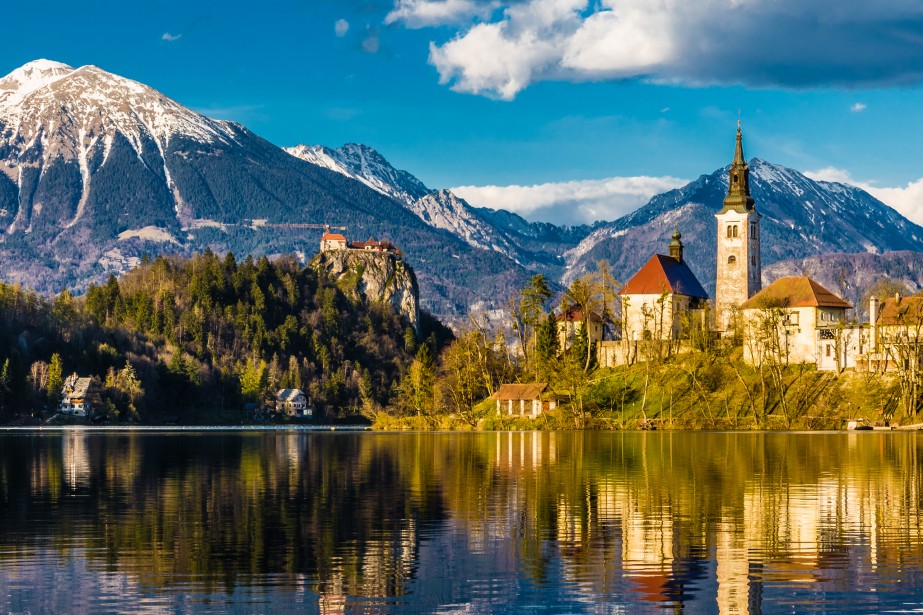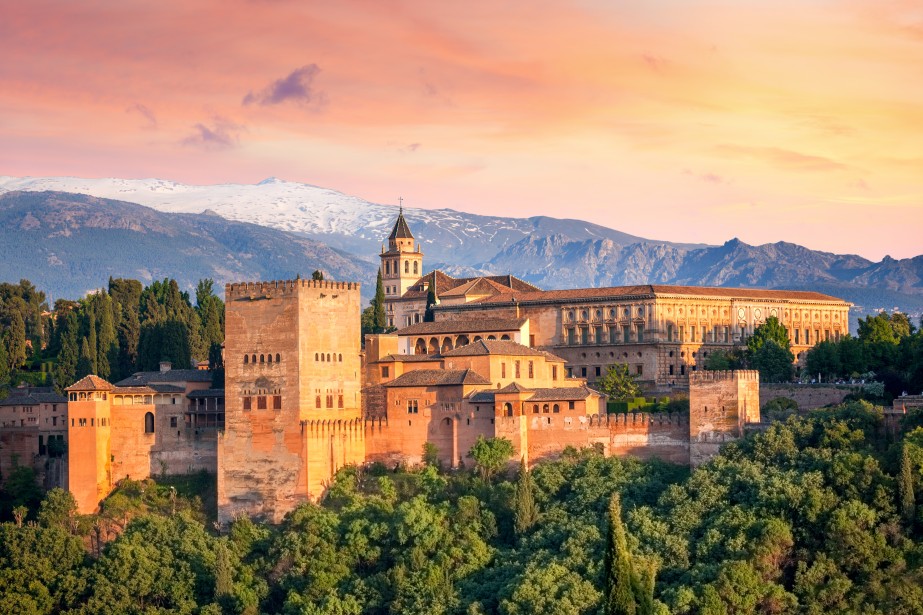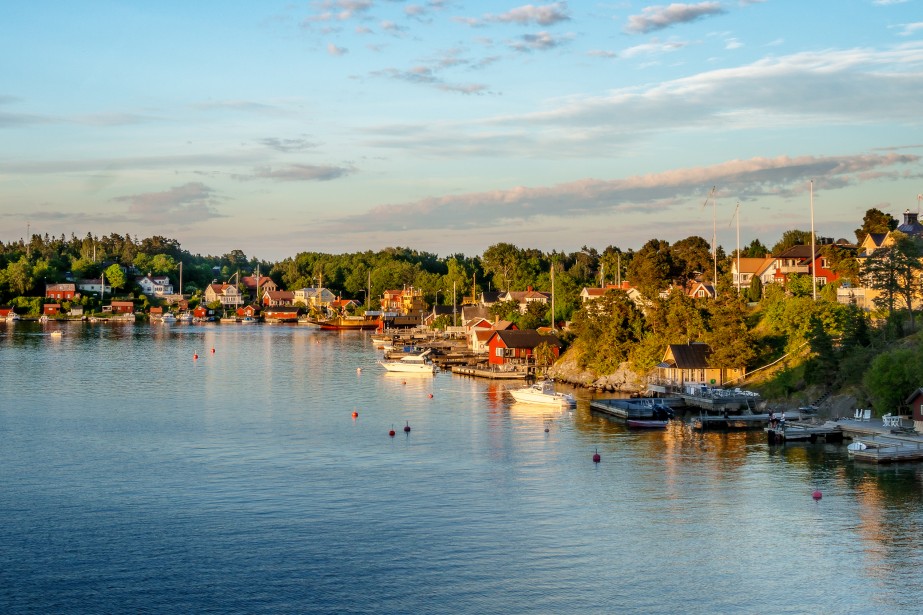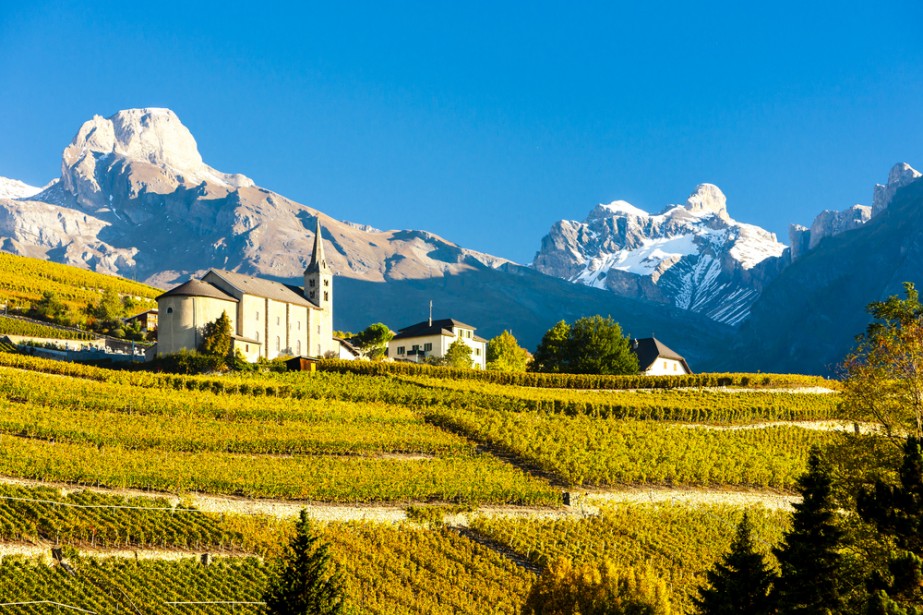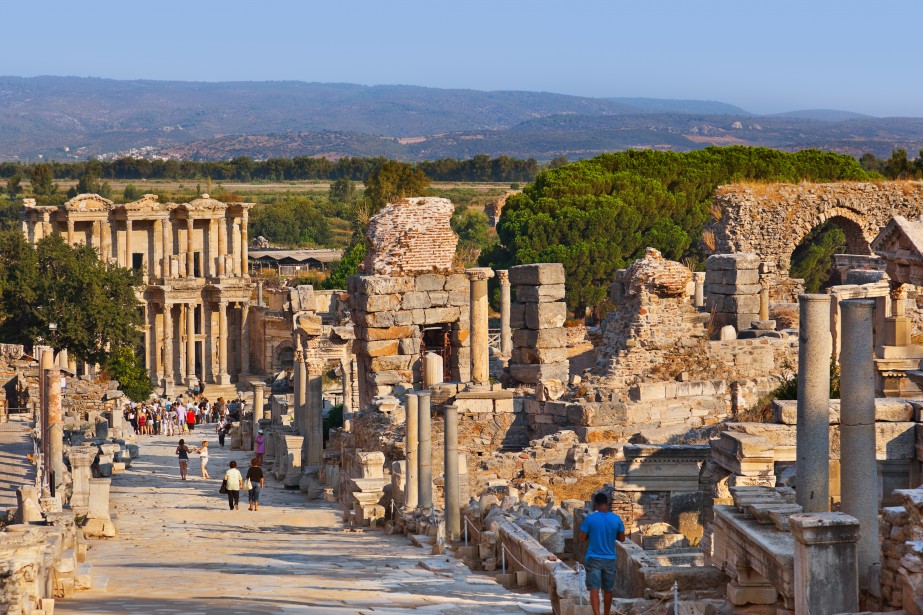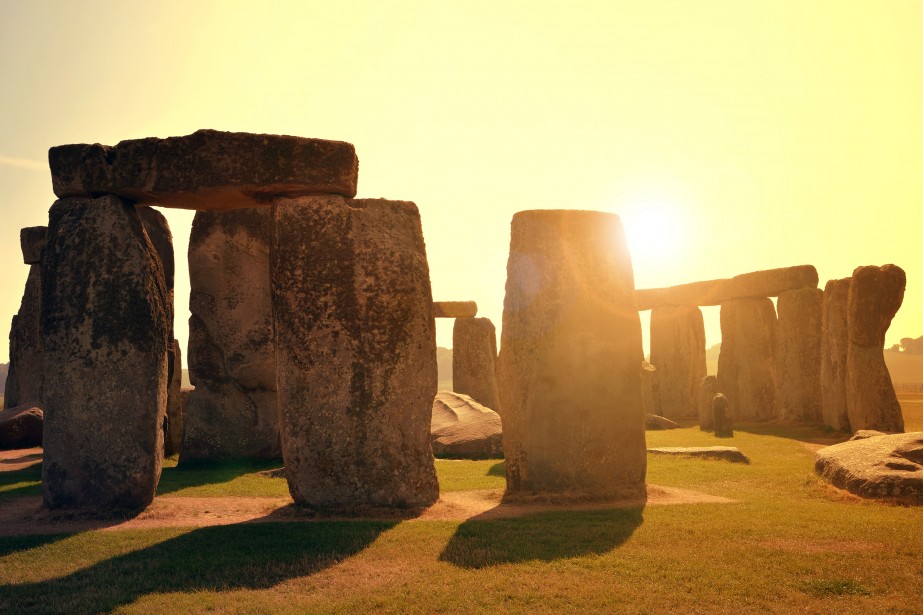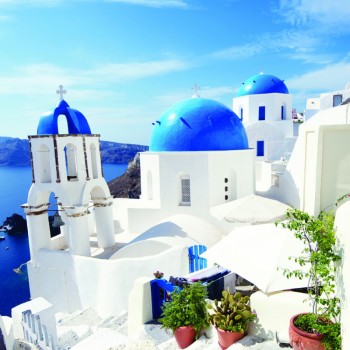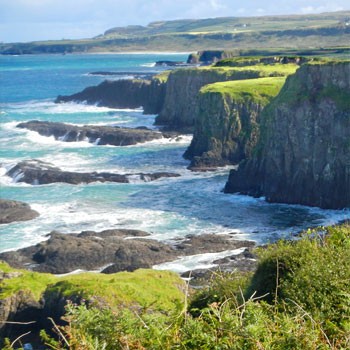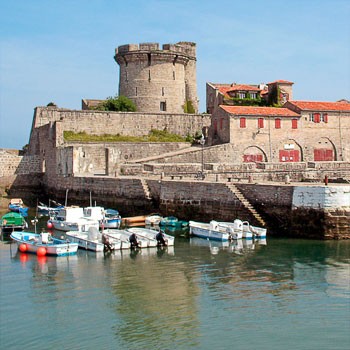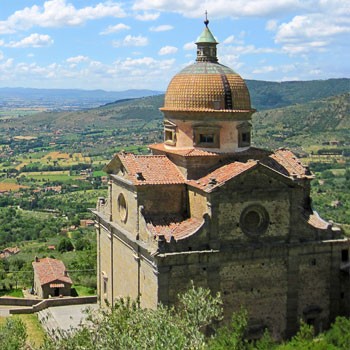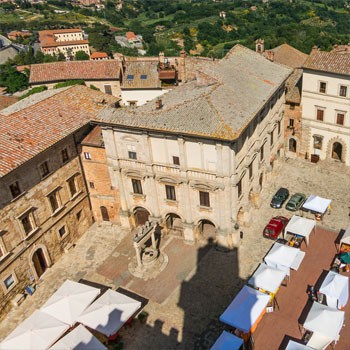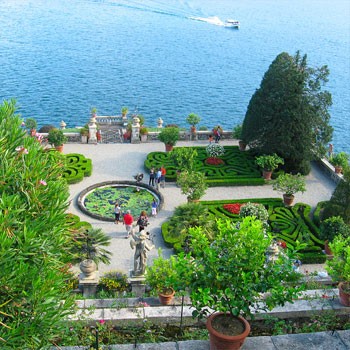Submitted by Coralie on November 17, 2015
An Overview – Romania
Romania has been influenced by many cultures and reflects now all these origins, coming from western Europe as well as the Ottoman Empire. Ancient cities with fascinating architecture, very welcoming locals and forested mountains make Romania a destination of choice for every kind of traveler.
The Carpathian Mountains and Transylvania will be ideal for hikers or those looking to be frightened by the legend of the Count Dracula, still very much alive in these parts. For nature lovers, the Danube Delta will provide a prime bird watching opportunity, with unique species to be observed.
Romania has a long history of fighting for independence and for its place in the European Union, and had a quick recent evolution, bringing more and more tourists each year. But despite the modernity of cities, making it an easy travel destination, the old Romania and the folklore from hundred of years ago, is still very much present in the smaller towns and villages. With important values of culture and family, the best way to discover this Romania today is to be invited in the home and enjoy a hearty meal with a side of strong Tuica!
From the coasts of the Black Sea to the magic of Transylvania under the snow, without forgetting the beautiful streets of Bucharest and the painted monasteries in Bucovina, Romania offers a multitude of landscapes and cultures. By car, it's the kind of place where every turn in the road will make you feel like somewhere new.
When to Travel – Weather
Romania has a continental climate, with warm summers but harsh winters easily reaching the -10° in Bucharest. In winter, the country is beautiful under the snow and the skiing season is on in the Carpathian Mountains.
July and August are also good choices, especially to enjoy the beaches of the Black Sea, although many Romanians also go there for the holidays, making the coast rather crowded.
The best moment to go and enjoy a warmer climate is during the shoulder seasons in May, June or September. May is also the best moment for bird watching near the Danube Delta.
In July, in Sighişoara, the Festival of Medieval Arts is also worth a visit, offering a real time-travel experience complete with theatre, markets and costumes.
Romanian Cuisine and Drinks
Romanian cuisine often has a bad reputation, but it would be a shame to follow these misguided gossips. The cuisine there is very family oriented, and often rustic in a good way, with simple but hearty meals. The ingredients of choice are potatoes, mushrooms, cream, pork and cabbage. Mămăliga, a sort of Polenta, is also often found on the menu.
Some of the best traditional dishes are Sarmale, cabbage leafs filled with rice, meat and vegetables, the Ciorba, a soup featuring all the favorite Romanian ingredients and Muşchis, which is simply grilled meat. A lot of vegetarian dishes made from mushrooms, potatoes, cream and beans are also easily available.
Desserts are also very generous, with the presence of cheese on any table, as well as bread and beignets called Papanaşi moldoveneşti, sugary treats served hot with some more cream. The traditional cake served for celebrations is the Cozonac, a light sugary bread filled with grapes, nuts or other ingredients.
The national drink is the Tuica, a strong plum alcohol that's drunk before eating, usually in one sip after saying “Noroc !” (meaning “good luck”). It's found everywhere, in restaurants and at home. Wine and beers are also very popular all over the country.
As for coffee and tea, the restaurants might try to satisfy the tourists with expressos and black tea, but locals still drink from the traditions brought by the influence of the Ottoman culture, with Turkish Coffee and Ceai Tea.
Popular Sights in Romania
Bucharest – The capital of Romania, this big city known in the past as “the little Paris” has much to offer. The city center, made of narrow cobblestone streets, still reflects the history of the city by a mix of architectural influences. Other landmarks are the Parliament Palace, the Revolution Square and the Romanian Atheneum. A good number of museums will also give a lot of informations about the history of the country.
Transylvania – The biggest and most famous region in Romania, Transylvania conjures up images of vampires and werewolves, but this region is mostly made of beautiful forests, medieval towns and monasteries. A paradise for hikers and fans of medieval times, Transylvania is a magical sight in summer as well as under the winter's snow.
Bran Castle – In Transylvania, the most famous landmark is Bran Castle, a touristic highlight attracting hundreds of thousands because of a legend. The castle is indeed supposed to have been the home of Vlad the Impaler, known today as the vampire Dracula.
Danube Delta – At the extreme east of Romania, the Danube Delta is home to many species of birds and fishes. The wildlife and the surrounding environment makes this place a dream for those looking for peace and beautiful and untouched nature. The water, birds and lush vegetation truly offers sights beyond the imagination. Also the start of the famous Danube bike road for the most athletic travelers.
Braşov – In the middle of the Carpathian Mountains, Braşov is a lively city surrounded by magnificent views. Strongly influenced by German culture, the main sights are in the old town, with the Black Church and the old Synagogue. Also two villages made UNESCO World Heritage sites very near : Prejmer and Viscri. Braşov's situation makes it a wonderful starting point for hikers eager to cover the many Carpathian trails.
Maramureş – In the northwest of Romania, Maramureş is a region collecting small villages where old traditions are still very much alive. Lost among the woodlands, those small villages and their famous wooden churches will show you the ancient and traditional side of Romania. On Sundays, the locals will put on their best clothes to go to church. The geological reserve Creasta Cocosului will satisfy nature lovers with volcanic mountains, lakes and waterfalls aplenty.
The Merry Cemetery in Sapanta – In the Maramures region, this cemetery was made famous by the colors and decorations made on the wooden crosses. Funny and creative, but still respectful, this cemetery lightens the whole town, offering another view on a sad subject.
Painted Monasteries of Bucovina – This region is unique in the world because of its painted monasteries, colorful churches decorated with fascinating frescoes containing a hundred details that you could spend a whole day exploring. Discovering the culture and customs that led to these constructions is well worth a visit to Bucovina.
Sibiu – With a dynamic nightlife and many cultural happenings, Sibiu is a lively city. With very colorful houses, restaurants, and festivals, Sibiu is the perfect mix of modernity and ancient tradition. The old town, the citadel of Sibiu and the Brukenthal Museum, said to be one of the best museums in Romania, are a few examples of what the city has to offer.
Practical Info
Currency – The Leu is the money used in Romania, plural Lei, sometimes also written RON. In cities, credit cards are generally accepted, and ATMs easy to find. It is recommended to have some cash ready when going into more rural areas, as the use of credit cards is not as easy in those parts.
Health – Romania is safe, but some bacterias no longer existing in central Europe still circulate through animals. For this reason, it is not recommended to eat berries taken from the side of the road or to be in contact with stagnant water.
There's also a good number of strayed dogs in Romania, due to the construction these last years of a new kind of houses where dogs are no longer allowed, making their masters obligated to release them. These dogs are very rarely dangerous, and are often in fact very popular in their villages, but in case of a bite, you should go at once to your country embassy for a rabies vaccination.
Ticks and mosquitoes are also very present, especially in rural areas and around the Danube Delta. Equip yourself to deal with these insects as they can be very annoying and, very rarely, carry diseases.
Driving – Police controls are very frequent and they won't hesitate to give you a ticket. Speed limitations must be observed scrupulously and the limit of alcohol tolerated is of 0%.

